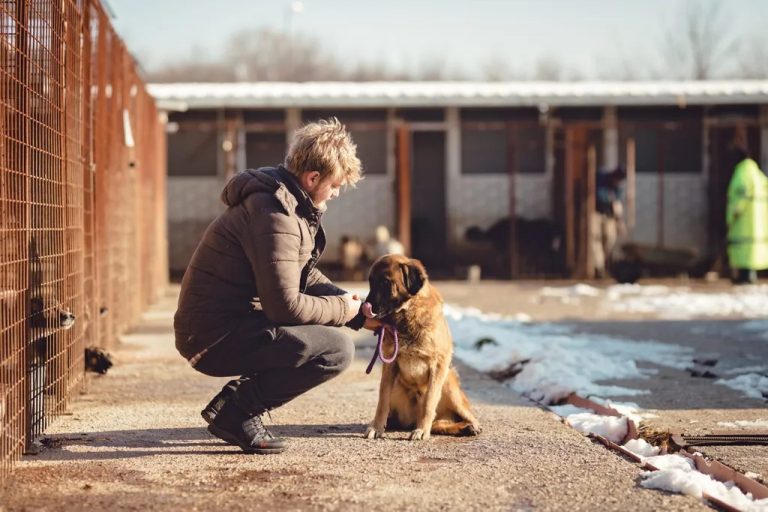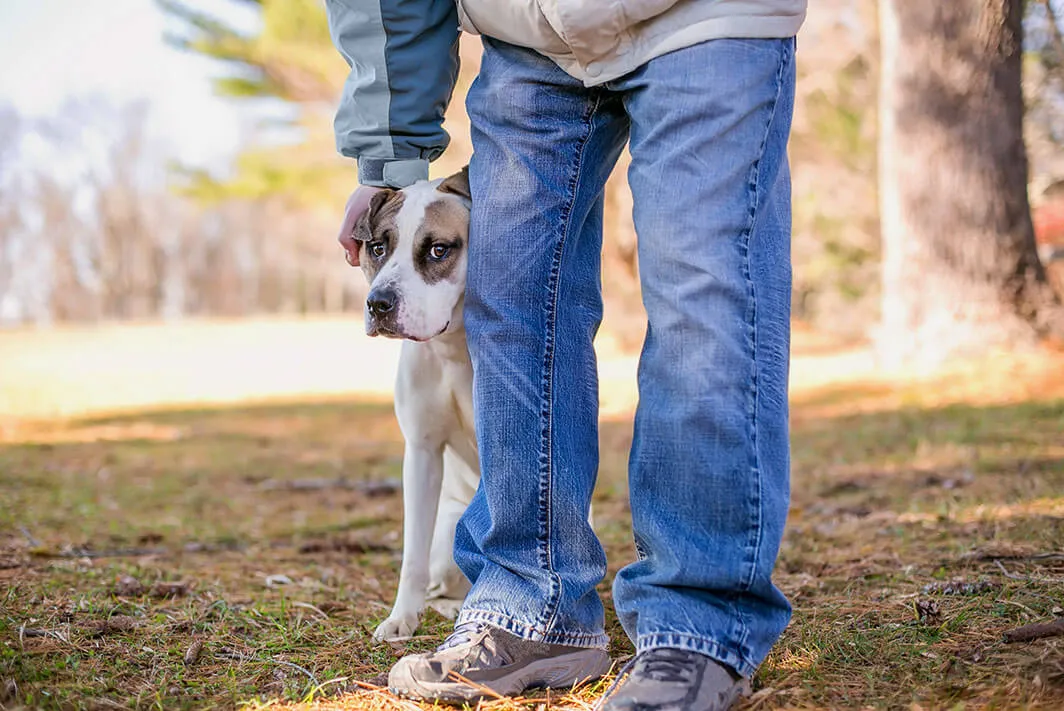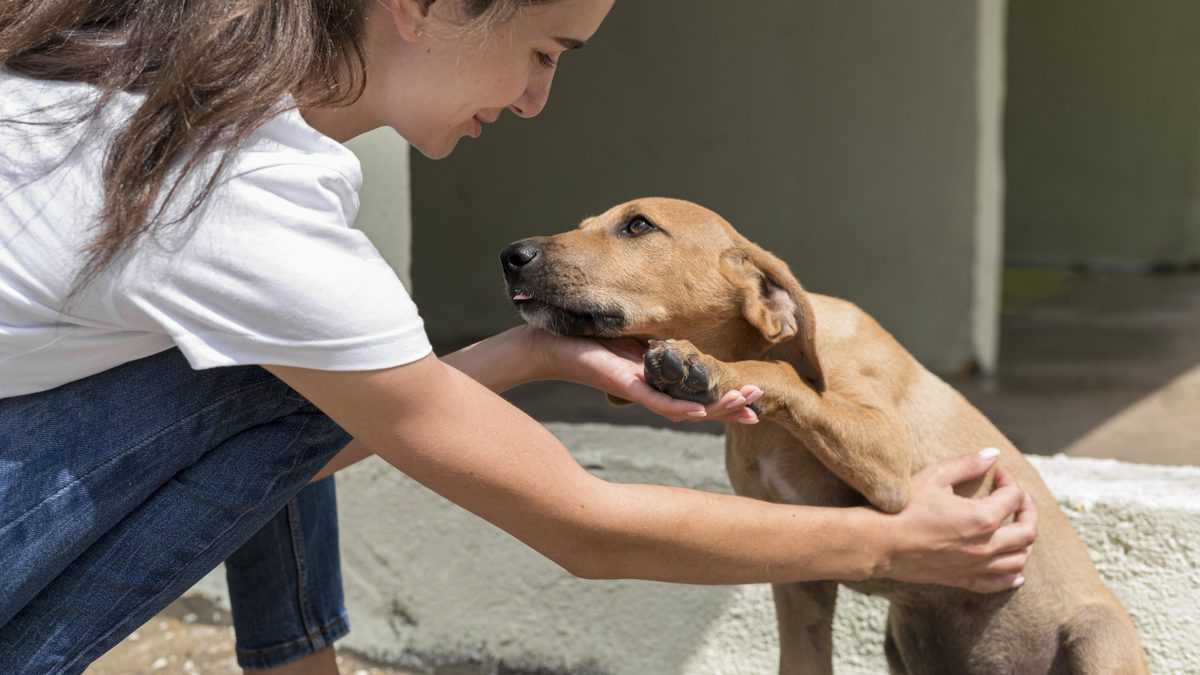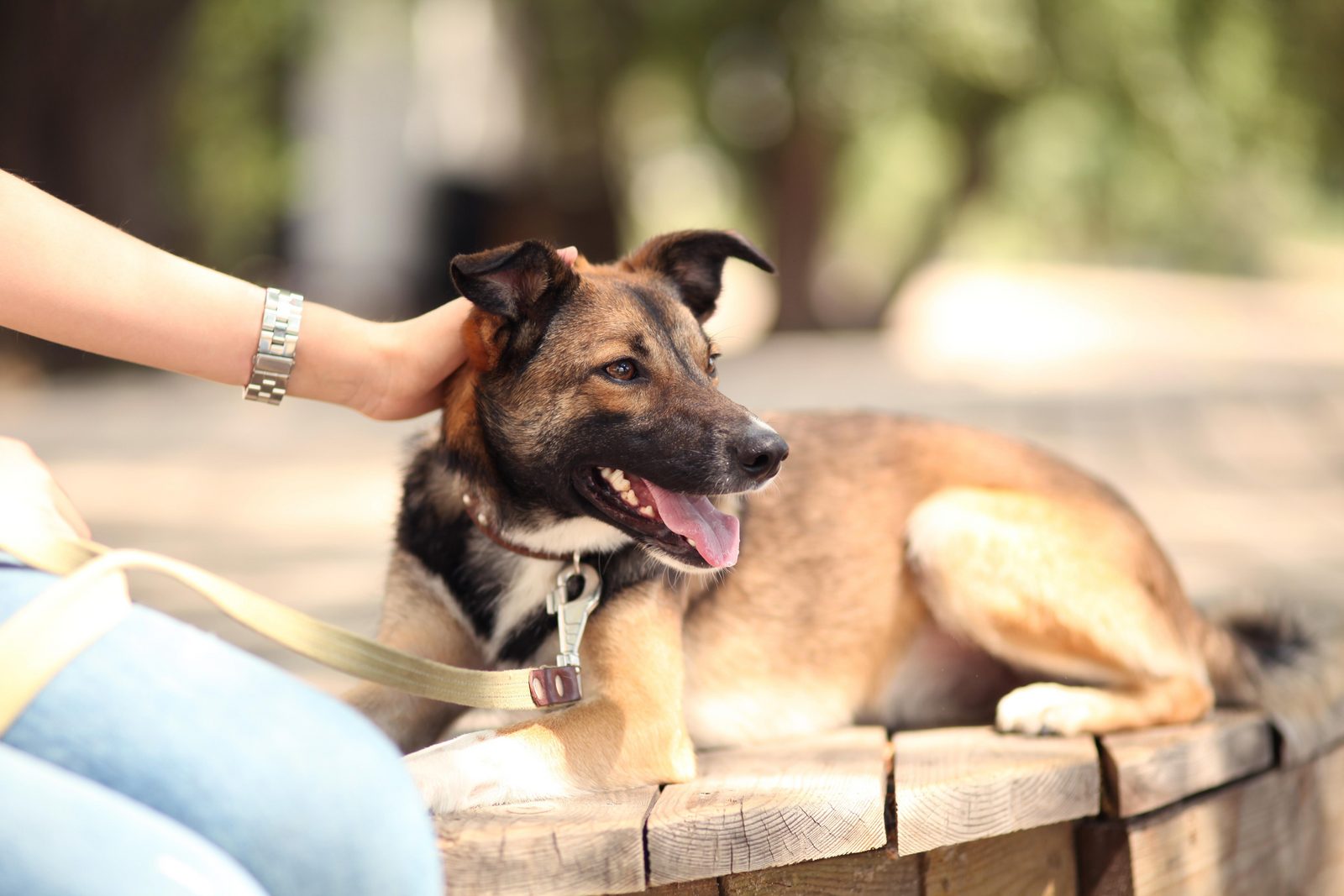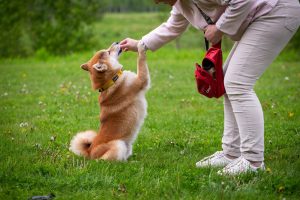You are finally ready to adopt a dog. You want to help a rescue dog and give it a second chance at life. But what do you need to know before you bring a new adult dog, or a young puppy to your home? What are some of the challenges when training a rescue dog? Is it different than training any other puppy?
Today, we will try to answer all the questions you might have about the topic.
Expect A Period Of Adjustment
When you adopt a new puppy or adult dog from a shelter, remember, it comes with a bit of history. And often, you cannot know the history of the puppy. But even the stress of being relinquished to a shelter is more than enough to make any dog an anxious dog. It is essential to expect a period of adjustment. More on that later. But generally, here are some tips.
- Patience is key, so plan on giving your rescue puppy some time to adjust to the new home and the family members. It can take anywhere from a few hours, to several months
- Try to keep things consistent and predictable in the new environment during the adjustment period. Do not change the routine, as it can stress your new dog even more. Keep food in one spot, and stick to it rather than trying to find the perfect spot for the food and water bowl
- Comfort counts, make your new dog as comfortable as possible, allowing it to feel safe at home
Understanding The 3-3-3 Rule
Whenever we talk about training a rescue dog, we have to remember the 3-3-3 rule. That is a general guideline representing the phases of a rescue pup or common milestones. It is the first three days, three weeks, and three months after bringing it home.
Some people call it the “rescue dog honeymoon period”. Here is an explanation of it.
- In the first three days, your new dog will feel overwhelmed, may not want to eat or drink, test out the boundaries, shut down, hide under a table, and feel insecure about what is going on generally
- In the first three weeks, your dog will start to settle in, feel more comfortable, figure out the environment, get into a routine, let his guard down, and realize your place might be his forever home
- And in the first three months, a rescue dog might finally feel comfortable in the home, begin building trust and bond with its owner, gain a complete sense of security, and set in a routine
Keep in mind that the 3-3-3 dog rule is a general guideline. Things depend on the situation, individual puppies, and so on.
But it is important to understand that you need to be as patient as possible, give your dog space, and allow it to come to you.
Do not push things.
Get Your Home Ready For A Rescue Dog
Once you decide to adopt a shelter dog, you need to dog/puppy-proof your home. It is not as easy and simple as it sounds. Here are some things you need to do before bringing a new rescue dog home.
- Make sure there are no electrical wires hanging on the floor and pick up small items your dog might try to chew
- Walk through your yard and make sure the fence is in good shape and there are no places where your shelter dog might dig under the fence
- Purchase a crate and set it up in a quiet place. In the beginning, your dog might not even want to get into the crate, as it brings back memories of living in a shelter
- Purchase all the necessities such as food, water bowl, collar, leash, ID tag, and some toys
How To Train Your Rescue Dog
First and foremost, it is important to let your new rescue dog decompress after bringing it home. The amount of time a shelter animal needs to decompress may depend on age, past, time spent in the shelter, and more.
Decompression consists of little to no formal training, not too much handling, and most importantly, giving your pet plenty of space. It will allow the dog to chill and take time to get to know the new surroundings.
Do not ask too much of your new dog. Allow it to get accustomed to the new life, and then you can begin training. Begin training as soon as your new dog is comfortable with its surroundings.
Use Positive Reinforcement
When it comes to obedience training, nothing works better than positive reinforcement. Even more with rescue animals. Now, you might need a bit more time to get its trust and confidence, but work on that bond. Reward any good behavior your new dog shows. Even the smallest victories will go a long way in the eventual process.
Get On Your Dog’s Level
Get down on the floor, and crawl around. Do this to get to know your puppy. It will help you create a bond. At the same time, the dog will realize you are not a threat.
Treat Your Dog Like Any Other New Dog
Sometimes, rescued animals might know basic training tasks. But it is safe to assume they have not been trained by professional dog trainers. So, start with basic commands. Even if your puppy knows them, it will give them a sense of confidence, and accomplishment, and allow them to win.
Set Clear Boundaries
It might be tempting to give your new rescued dog extra snuggles. But there will be plenty of time for that. It is challenging to walk a fine line between spoiling your new dog, giving it extra space, and setting clear boundaries from the very beginning. But if you start with bad habits, like letting your dog jump up or similar, they will continue. And it will be hard to eliminate them later on.
Make A Schedule
Remember, dogs thrive on schedule and routine. And it is safe to say, your rescued dog doesn’t have a set routine. So, create one.
Challenges With Rescue Dogs
Now that we talked about training a rescue dog, let’s talk about some challenges that might arise.
- Bonding is a big challenge, and you want to allow your pet to take it at a pace it is comfortable with. Some dogs might not begin forming a bond with you after a few months
- Socialization is another critical aspect. Help your dog get used to new environments, people, and other animals
- Separation anxiety is another challenge for an adopted dog. These dogs are afraid to be left alone. They were alone for long periods in the shelter. So, be sure to work on it
– The biggest challenge is crating, as most shelter animals associate the crate with the shelter. And that is why you need to be extra patient, consistent, and rewarding
What Shouldn’t You Do?
The biggest mistake dog owners make is to assume too much or too little about the past of their dog. Remember, not every dog in the animal shelter has had a traumatic experience. On the flip side, not all of them were properly socialized or trained.
So, take a blank slate approach. Start from zero. And work your way up from there. Use positive reinforcement to create positive association with every good behavior.
Final Words
I want to tell you the biggest thing about adopting a rescue animal. Assume your dog knows nothing. Assume it is Jon Snow. Only that way, you will be pleasantly surprised if the dog knows some basic commands. But begin from zero. Assume that your puppy never had any formal dog training session.

